Playing didgeridoo to treat sleep apnea, snoring, upper airway resistance syndrome (U.A.R.S.) and other related conditions is a practice that has now been recommended by doctors and alternative medicine practitioners for 13 years, since the first study on the method was published in the British Medical Journal in 2006. At the time of writing this article (April 2019), new success stories, are emerging to support the hypothesis that playing didgeridoo helps alleviate the symptoms of sleep apnea.

One such testimony is the story of Paul H. of Boise, Idaho, a person who was diagnosed with sleep apnea and, determined to get better, decided to play the didgeridoo. After 8 months of playing didgeridoo continuously, Paul had a follow up sleep study and was told that his apnea level was “trivial” and needed no further medical treatment.
View all of our articles on didgeridoo playing for sleep apnea.
After we heard Paul’s story, we knew that it was valuable for the world to hear. Here’s what Paul told us:
“On April 3, [2019] I had a sleep study done at the Mayo Clinic [in Rochester, MN] for my complex sleep apnea. Apnea is a problem for me because it is a likely trigger for my atrial fibrillation.
“My previous study was in February of 2018 in Boise (where I live) at St. Luke’s Boise Medical Center at which time I was told my apnea was mild to moderate, with an overall AHI [apnea-hypopnea index] of 13.4.”
What is the apnea-hypopnea index (AHI)?
The apnea-hypopnea index (AHI) is the measurement of pauses in breathing per hour during sleep. This value is the primary metric in determining the severity of sleep apnea in patients. Here’s how the measurements are classified:
Normal: AHI<5
Mild sleep apnea: 5≤AHI<15
Moderate sleep apnea: 15≤AHI<30
Severe sleep apnea: AHI≥30
Every sleep apnea patient is unique
Paul continued, “Because my apnea is complex, I was not a candidate for a CPAP. I did try using a “dental appliance” which did not seem to have much effect.
“I started playing the didge last August after my sleep doctor (Dr. Oleg Kouskov) in Boise mentioned the British Medical Journal report about the didge sleep study. I began playing regularly in December [2018], finally figured out circular breathing and began having a lot of fun with the didge! I ordered ‘Didge for Sleep‘ in March [2019] and did many of the exercises on a regular basis for the three weeks preceding the Mayo study.
See how and why the didgeridoo sleep apnea method works:
Paul continued, “I scheduled the April 3 study at the Mayo to get a second opinion, since conventional treatment was not going to work for me. However, at the conclusion of the Mayo study, the doctor (Dr. Peter C. Gay) told me no further treatment is necessary because my apnea was much better, with an overall AHI of 3.9 and a 2.0 AHI when I used my dental appliance. The doctor’s clinical interpretation is that I now have ‘trivial sleep disordered breathing’ even during REM stage sleep. So, looks like the didge worked for me! And, it’s a blast to play, much more fun than a CPAP!”
Paul’s Sleep Apnea Patient History:
Here’s a record of Paul H.’s patient chronology, from first diagnosis of sleep apnea to the final diagnosis as “no further treatment necessary”:
02/01/16 Diagnosed with atrial fibrillation. Apnea is mentioned as possible trigger
03/14/16 First sleep study, in Boise. Diagnosis: Mild to moderate complex apnea, CPAP recommended but made my central apnea worse
02/18/18 Most recent study before didge, in Boise. Diagnosis: Mild to moderate apnea, ASV (a CPAP alternative) recommended, but I decide to try didge
08/01/18 Approx. date started playing didge, maybe two or three days a week
12/01/18 Approx. date started regular playing, figured out circular breathing. Six to seven days a week for 30 minutes.
03/09/19 Ordered “Didge for Sleep” and started practicing recommended exercises every day, 30 minutes to an hour or more.
04/03/19 Mayo Clinic sleep study. Result: “Trivial” apnea, doctor says no further treatment necessary.
Paul H. is just one of a number of people who have confirmed, through their own experience, that playing didgeridoo is a valid therapy for sleep apnea. For more stories of sleep apnea, watch the following video, which shows the stories of 3 more people who had success with playing the didgeridoo for sleep apnea:
Sending a special thank you to Paul H. for sharing his success story with us and allowing us to publish it here at Didge Project.
“Didge For Sleep” is a step-by-step instructional DVD and Handbook and travel didgeridoo package that provides everything sleep apnea patients need to learn to play the instrument at their own pace.


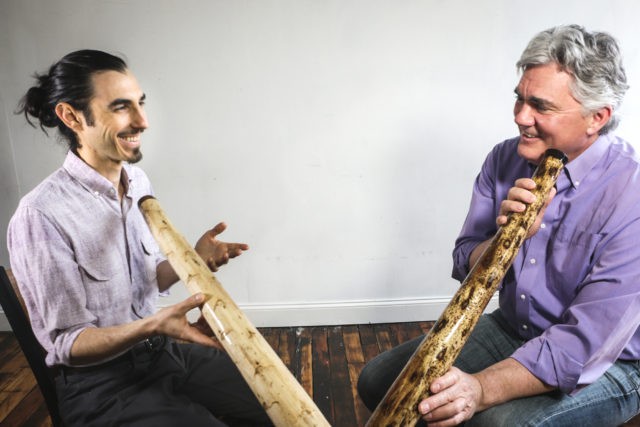

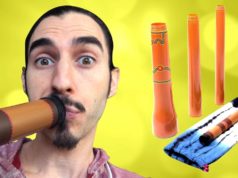
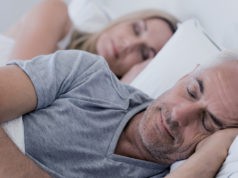
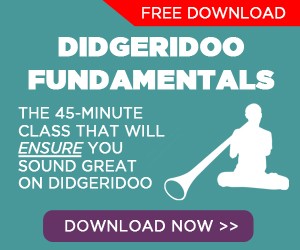
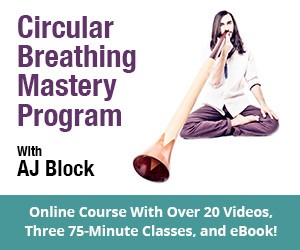






I do find this treatment rather fascinating. I have mentioned it to patients and some have gone on to look into it on their own. I have not had much feedback however. Thanks for the article about Paul H. Give this work a greater degree of positive consideration.
Comments are closed.